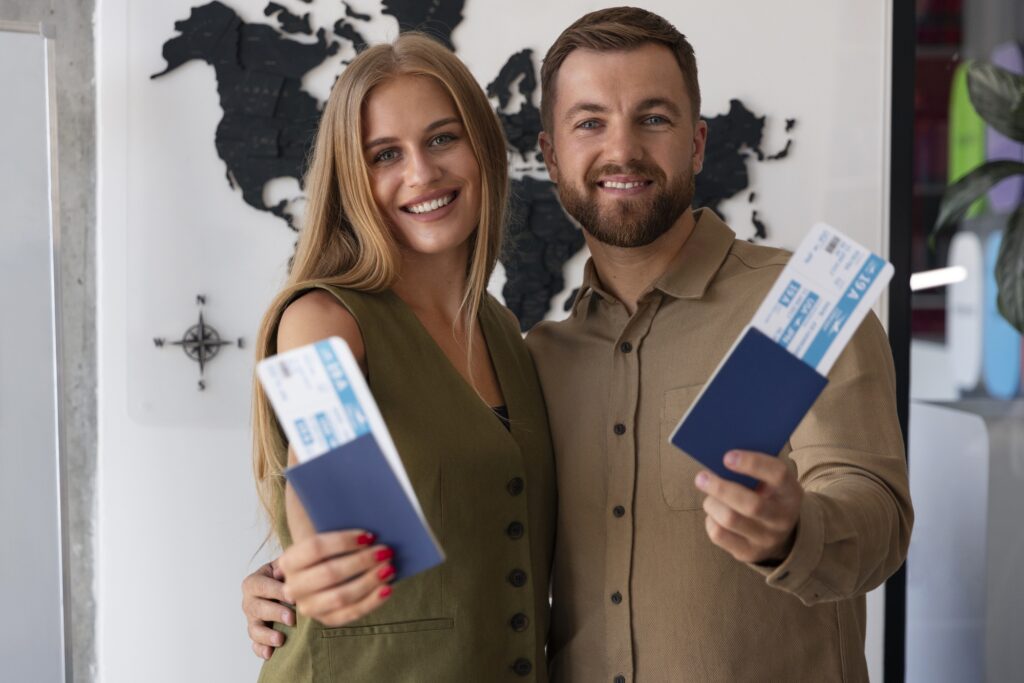

Pathways, Benefits, and Tips
A Comprehensive Guide to Australia's PR Immigration
What is Australian Permanent Residency (PR)?
-PR holders cannot vote in federal or state elections.
-PR status can be revoked if the holder fails to comply with residency requirements.
-After living in Australia for four years as a PR, individuals can apply for Australian citizenship. Australia’s PR system is points-based and allows individuals to apply for PR under various visa categories depending on their qualifications, work experience, and personal circumstances.
Pathways to Australian PR
Skilled Migration Program
The Skilled Migration Program is the primary pathway for individuals with skills in demand in
Australia. Applicants must meet the requirements of one of the following visa subclasses:
-Skilled Independent Visa (subclass 189): For individuals who are not sponsored by an
employer, a state/territory, or a family member. To apply, applicants must pass a points test based
on factors like age, education, English proficiency, and work experience.
-Skilled Nominated Visa (subclass 190): Applicants who are nominated by a state or territory
government can apply for this visa. State or territory governments select individuals based on
their specific labor market needs. A nomination from a state or territory grants additional points in
the points test.
-Skilled Work Regional (Provisional) Visa (subclass 491): This visa is for skilled workers who
wish to live and work in regional Australia. Applicants must be nominated by a state or territory
government or sponsored by a relative living in a designated regional area. After living and
working in a regional area for three years, PR can be granted.
Tip: Check the Skilled Occupation List (SOL) to see if your occupation is in demand in
Australia. The Australian government regularly updates this list based on labor market needs.

Employer-Sponsored Visas
Australia offers several employer-sponsored visa options for skilled workers. These visas allow employers to hire foreign workers to fill labor shortages in certain industries.
-Temporary Skill Shortage Visa (subclass 482): This visa allows employers to sponsor foreign workers for up to four years. While the 482 visa is temporary, it provides a pathway to PR for those who later meet the requirements for the Employer Nomination Scheme (subclass 186).
-Employer Nomination Scheme (subclass 186): For skilled workers nominated by an Australian employer for a permanent role. To apply for this visa, applicants must have a positive skills assessment and meet other eligibility requirements.
Tip: If you’re seeking an employer-sponsored visa, ensure your employer is approved as a sponsor and the job position is on the Skilled Occupation List.

Family Sponsorship Program
-Partner Visa (subclasses 820/801): For individuals who are married or in a de facto relationship with an Australian citizen or PR holder. The application is processed in two stages, with the applicant initially receiving a temporary visa (subclass 820) and then, after two years, the permanent visa (subclass 801).
-Parent Visa (subclasses 103/143): For parents of Australian citizens or permanent residents. There are two main categories: Contributory Parent Visa (subclass 143), which has a faster processing time but requires a higher application fee, and the Non-Contributory Parent Visa (subclass 103), which has a longer processing time but lower fees.
Tip: If applying for a partner visa, ensure that you provide sufficient proof of your relationship, such as joint financial statements, photographs, and statements from family and friends.
Business and Investment Visas
Australia offers several pathways for entrepreneurs and investors looking to settle in the country.
-Business Innovation and Investment Visa (subclass 188): This provisional visa allows business owners and investors to operate businesses in Australia and potentially gain PR through the Business Talent Visa (subclass 132) after meeting specific criteria.
-Investor Visa (subclass 891): For individuals who have held a provisional investor visa (subclass 188) for at least 4 years and meet the relevant investment and residency requirements.
Tip: Business and investment visas require substantial financial investment, and applicants must demonstrate a successful business background or a strong financial portfolio.

Graduate Visa
-Post-study work stream: For graduates with an eligible degree, allowing them to stay in Australia for up to four years to gain work experience.
-Graduate work stream: For international students who have qualifications related to an occupation on Australia’s Skilled Occupation List (SOL).
Tip: Graduates who complete a qualification in a high-demand occupation and gain work experience may be able to apply for PR through the Skilled Migration Program later.
Benefits of Australian PR
Work and Live Anywhere
Healthcare Access
Social Security
Education
Pathway to Citizenship
Family Reunification
Tips for a Successful PR Application
Check Occupation Lists
Meet English Proficiency Requirements
Complete a Skills Assessment
Use the Points Test
Understand Processing Times
Consider Regional Areas
Conclusion
Australia’s immigration system offers a variety of pathways to Permanent Residency, whether you are a skilled worker, an entrepreneur, a student, or a family member seeking to reunite with relatives. By understanding the eligibility criteria for each visa subclass, maximizing your points in
the points-based system, and preparing a thorough application, you can significantly increase your chances of obtaining PR in Australia.
With access to world-class healthcare, education, and a strong economy, becoming a permanent resident of Australia can open doors to a new life filled with opportunities.
